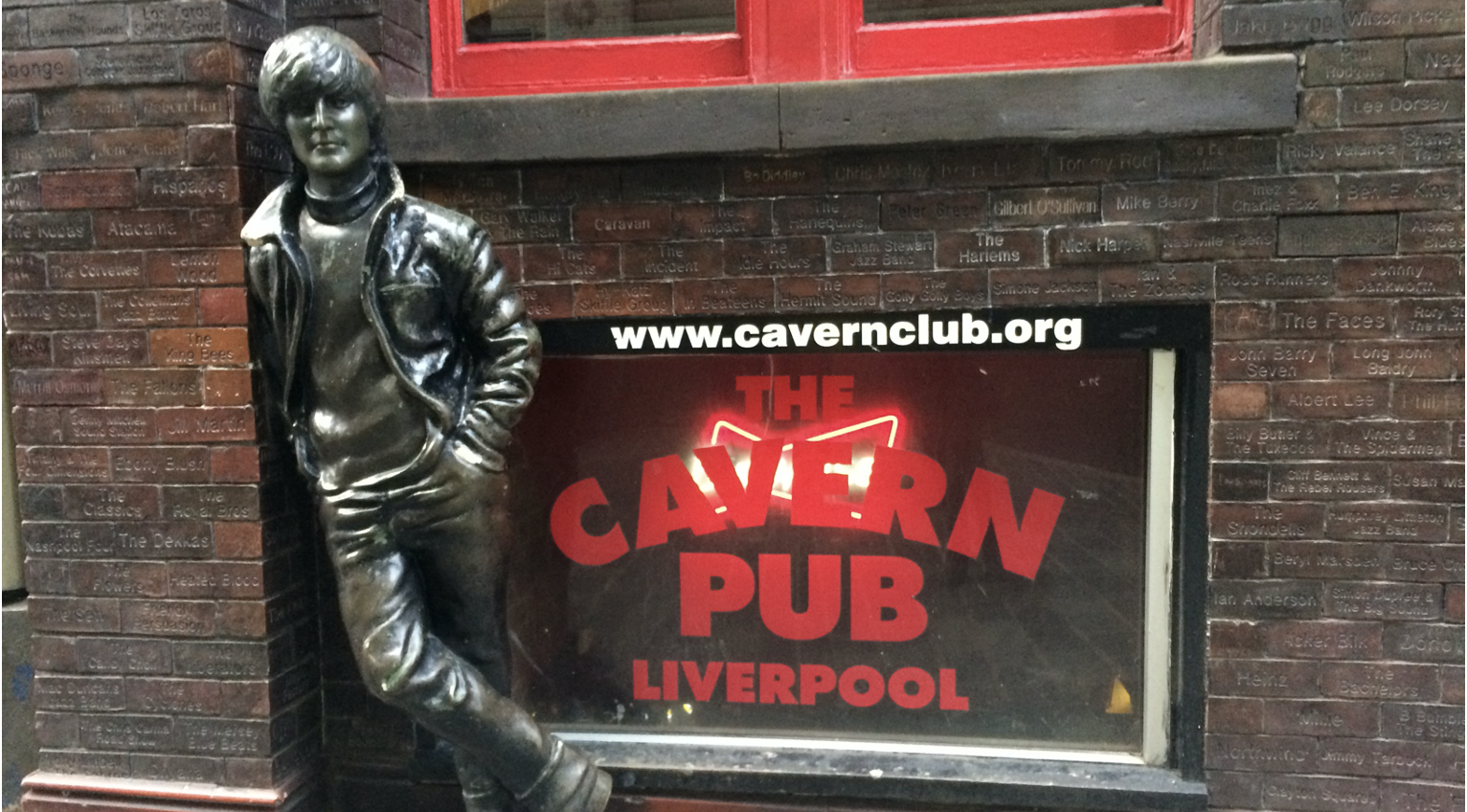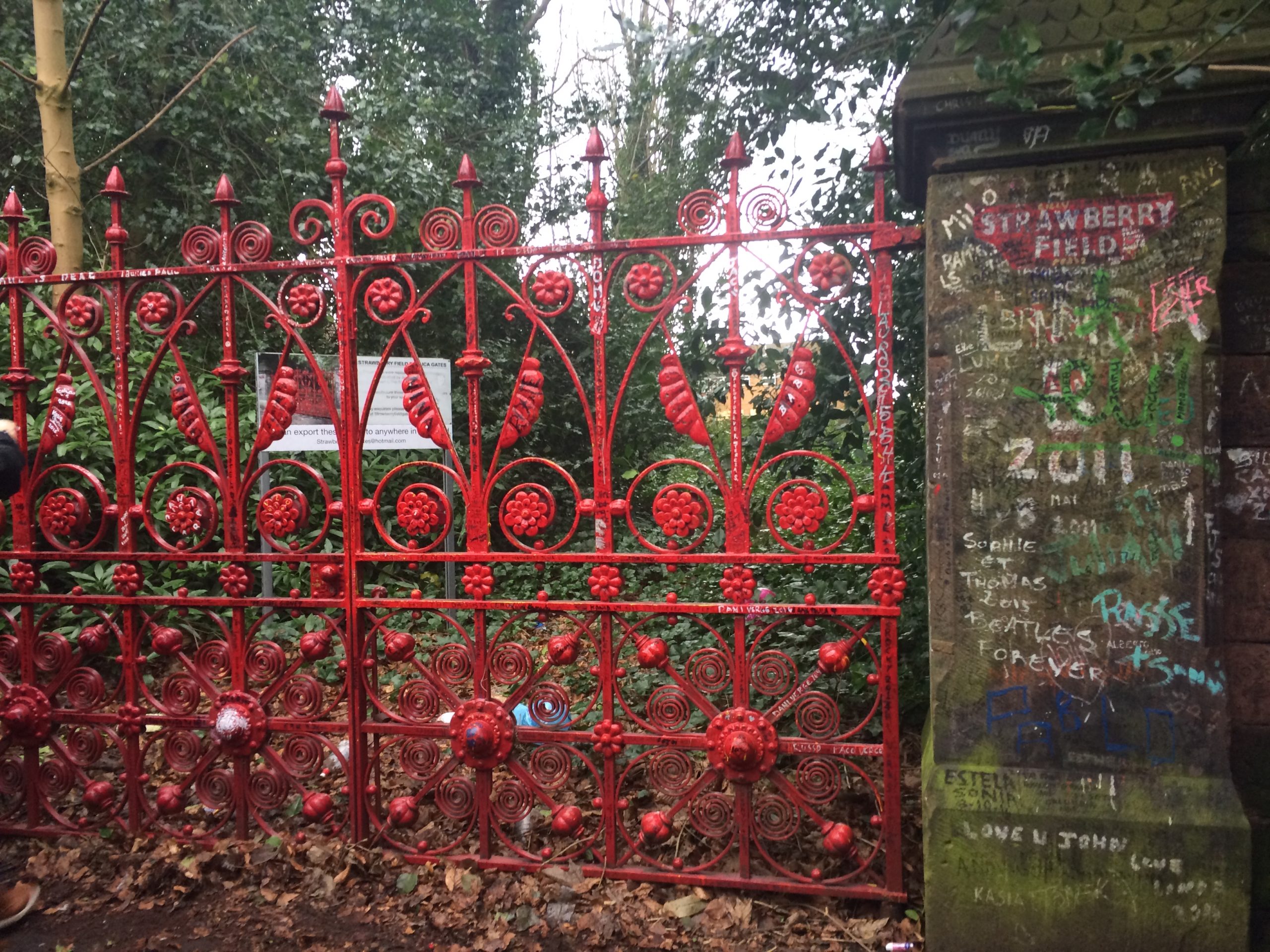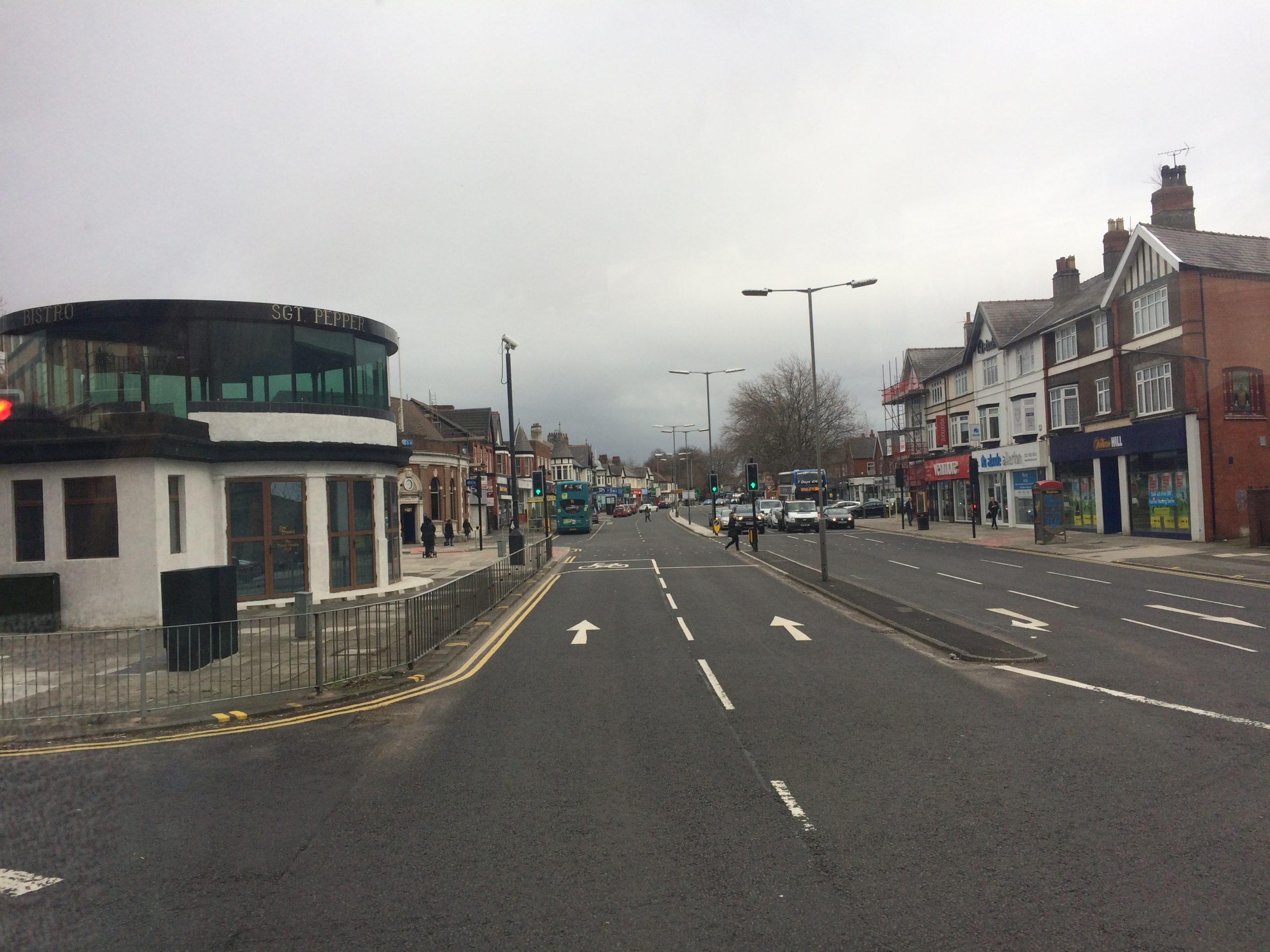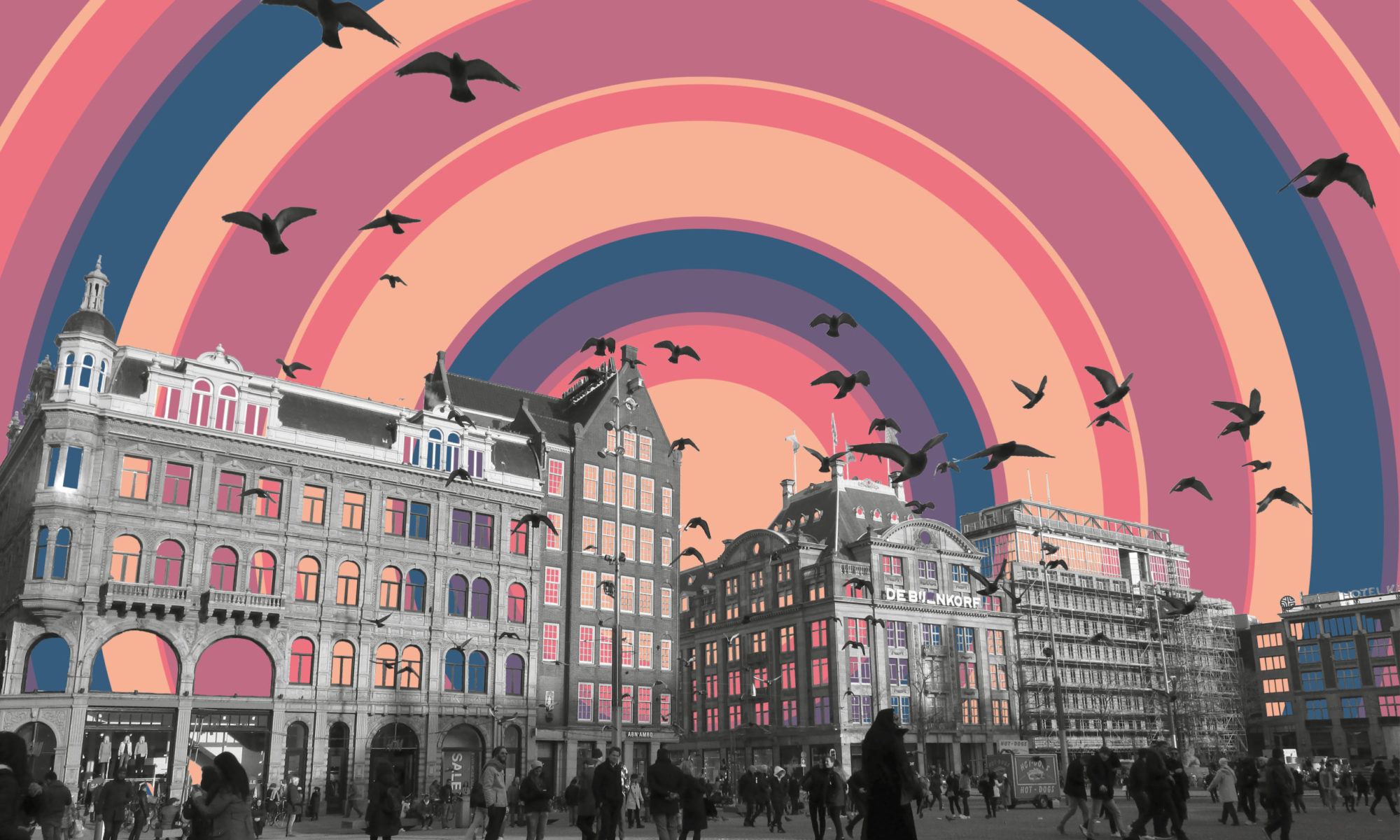
13 March, 2017
Framed by an ashen sky, the small grey house with the red roof sits nestled behind a freshly trimmed hedge. A muffled clatter can be heard from inside, and faint wisps of smoke unravel from the chimney. On the top floor, a stout desk lamp shines amber in a window. If it were not for the circular blue plaque displayed on the front wall in prominent view of the street, few onlookers would even guess that this tiny, unassuming bungalow could be the childhood home of John Lennon.
I can do nothing but gaze in wonderment from the tour bus window, my nose pressed against the glass and my eyes scanning every detail, trying to absorb the impossible reality that, after years of being a devout Beatles fan and reading endlessly about their lives and the inspiration for their songs, I am finally in the place where it all began.
The Beatles have had a great impact on my life, and I have yearned to make the pilgrimage to their Merseyside hometown ever since I was a small child belting out the words to ‘Penny Lane’ with my dad in the car. Now, sitting on a bus just feet away from a space that had fostered the developing creative energy of a young man who would change music forever, I struggle to fully soak in the fact that I am here at last. My mind flits from one thought to another: random facts about the Revolver album resurface in my mind, along with fragments of lyrics from ‘I Am the Walrus’, and memories of me and my listening to our Abbey Road and Past Masters CDs while driving back from a Red Sox game or a visit to my great-grandmother’s house. I think back to the countless Sunday afternoons after trips to my small town’s local antique shop, listening to the original vinyl records I had bought there. And the days when the lyrics ‘there’s nothing you can do that can’t be done’ got me through some difficult times. And the moment when I finally decided on my college major after listening to John Lennon’s ‘Imagine’.
But as I sit gawking on the bus, these thoughts find limited space in my mind, needing to share tight quarters with other, more practical concerns, like the long address of my hostel, and my carefully timed schedule for my one and only day in Liverpool, and the mental map that would take me back to Albert Dock after the tour, and the many details of my journey to London the very next morning. There is little time or space for a moment of deep reflection on the true significance of where I am. The bus does not linger at John Lennon’s house for more than three minutes, just enough time for me and the troup of other agog tourists to take some blurry, haphazard photos on our phones before the driver moves on to the next leg of the tour.
There is a certain small tragedy inherent in the state of being a tourist, and that is the inability to fully take in the place one is visiting, especially when the visit is brief. Attention is continously diverted to things like the list of souvenirs you need to buy for friends and the best places to eat dinner and the perfect Instagram filters for your photos. And not to mention the extensive planning that even a short weekend trip demands. Throughout the Magical Mystery bus tour I often find myself mentally rehearsing the next steps in my journey, my mind fixed on the future, unable to focus on the present moment and appreciate where I am.
 Strawberry Field | March, 2017
Strawberry Field | March, 2017I become more keenly aware of this as the tour continues to the next stop: the real Strawberry Field. Invited to get off the bus here and look around, our large group clusters on the narrow sidewalk before a bright red gate and a stone wall covered in the graffiti of adoring fans. At the top of the wall are white hand-painted words that read, ‘Strawberry Field’. Everyone mills about anxiously, attempting to take the perfect selfies – a difficult feat with so many people in a very small space. After managing to take some decent photos of my own among the clamour, I remind myself to stop and acknowledge the fact that I am actually standing here, in a place I have wanted to visit for years. But the moment is fleeting, and we are soon called back to the bus. We have to keep moving.
We drive along Penny Lane, following the route of Paul McCartney’s daily bus ride to school that would later inspire the namesake song. Our tour guide points out the various locations described in the song – the barber shop, the fire station, the shelter in the roundabout – as we zoom past them in a long line of swiftly moving traffic, pushing us forward. My few hastily snapped photos are blurred by our speed. Throughout all of my travels I have felt a similar, ever-present sense of being spurred onward. Of needing to always move on to the next bigger and better sight. Just as soon as my mind has caught up with my body and I have begun to realise where I am, it is suddenly time to leave and see something else. The ongoing struggle of the tourist is that of being fully present.
 Riding along Penny Lane | March, 2017
Riding along Penny Lane | March, 2017One of the last stops on the tour is Paul McCartney’s childhood home, where he and John Lennon wrote dozens of their most famous songs from the early days, making it among the most significant stops. This time I don’t immediately take photos. Instead, I pause to simply be present, as I stand at the epicenter of the music that has had such an enormous influence on my life and the lives of so many others throughout the world. I am not thinking about the perfect angle for a photo or where the best local chippy is or how to organise my Liverpool photo album on Facebook – those things can wait a bit. I just gaze at the modest brick house with the white-framed windows and the maroon door. For now, I am here.
![]()

